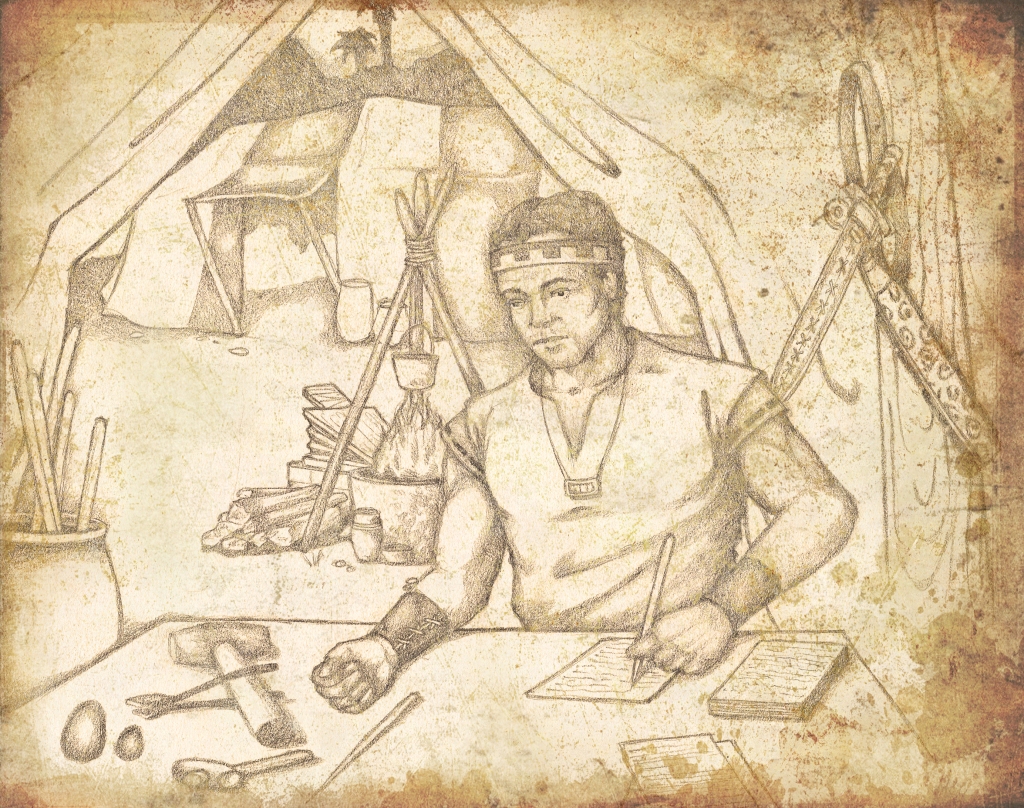
1-2, I did make plates of ore, there is no chapter break in the 1830 edition, so this immediately follows Nephi’s comment about finding gold, silver, and copper ore (18:25). Some scholars have suggested that the plates were likely made from an alloy called tumbaga, which was commonly used in South and Central America and consists of copper, gold, and sometimes silver. The set Nephi now makes would have been the “large plates” and not the smaller set he makes later (2 Ne 5:30).
3 the ministry and the prophecies, the more plain and precious parts of them, should be written upon these plates, note that Nephi uses the very words from his vision (13:26-29; 14, 40; 14:23). He clearly understands that he is recording/restoring the “plain and precious” truths that would be lost from the record of the Jews, or the Book of the Lamb of God, that is, the Bible.
5 the more sacred things may be kept for the knowledge of my people, or as in v3 ‘kept for the instruction of my people.’ So it appears that while the large plates would be in the hands of the prophets (v4), the small plates would be more widely disbursed to the people, for their instruction.
6 I think it be sacred, One extraordinary characteristic of writers in the Book of Mormon is how they admit their flaws. Note Nephi says, “I think it [to] be sacred” instead of “it is sacred,” admitting that his judgment may be wrong but that he has done his best work. That kind of humility is inspiring.
[but] if I do err, even did they err of old…because of the weakness that is in me, a point Moroni also makes at the end of the book, “Condemn me not because of mine imperfection, neither my father, because of his imperfection, neither them who have written before him; but rather give thanks unto God that he hath made manifest unto you our imperfections, that ye may learn to be more wise than we have been.” (Morm 9:31). Moroni also grapples with his own weakness in writing, as does Nephi (Ether 12:22-29). Let’s not miss the lesson—as parents, servants, students, friends, and any other role we might have, let us not begrudge the imperfect work we do simply because it is, in fact, imperfect. God will “consecrate our performance” (2 Ne 32:9), as he touched Jared’s unexceptional stones, and make wonders out of our best efforts.
7 the things which some men esteem to be of great worth…others set at naught, this passage replicates the structure of the transition between 1 Nephi 9-10, a discussion of plates and then of the Messiah (though ch10 contains Lehi’s messianic prophecy, while this chapter has Nephi’s); and it’s all prophecy from now on. In fact, Nephi will give no more history until 2 Ne 5, and then that’s it. See D&C 84:54-59, where the Church is under condemnation for treating the Book of Mormon “lightly.”

8 And behold he cometh, the tone quickly shifts. So much for the introduction of the plates, let’s get to their purpose—to testify of Christ!
9 shall judge him to be a thing of naught, as it is with the record Nephi will write (v7), so it will be with the very Son of God, who will be discounted as worthless, for “he hath no form or comeliness; and when we shall see him there is no beauty that we should desire him” (Is 53:2). As Israel, we say, “Why should I look to the raised serpent—it will not heal me.” (Alma 33:20)
9 he suffereth it, because of his loving kindness and his long-suffering, one thing that sets the Book of Mormon apart from the Bible is its clarity about Christ’s first coming as the “suffering servant” meridian Messiah rather than the triumphant millennial Messiah. While his mission as the sacrificial lamb is spoken of by Isaiah in the Old Testament (e.g. Is 53), apparently much of that mission was taken away (the plain and precious things) from the biblical record, so much so that when he came, the Jews only expected the latter Messiah, one who would physically conquer their enemies and become king. In a way, we are no different—we want the Messiah who will sweep in and save us from trial and tribulation and not the Messiah who simply sits with us in our suffering. I love the definition I was once given in Argentina of ‘long-suffering’ as ‘La grandeza del animo frente la adversidad.’ This passage may be a paraphrase of Is 53:3-5, but Nephi may just have drawn it from his own vision.

10-17 Zenock…Neum…Zenos…the prophet, Here, Nephi uses the words of the prophets Zenock, Zenos, and Neum—whose writings are absent in the Bible—to highlight Christ’s role of submission and ultimately crucifixion for the sins of humankind. Once again, this is why the Book of Mormon is so valuable as the role is shrouded in the Bible. “The prophet” Nephi refers to but does not identify may have Zenos (he will quote him extensively later in Jacob 5), but more likely Isaiah, as he is who Nephi will be quoting for almost the entire remainder of his record. Note the clarity with which these prophets spoke about the mission of Jesus Christ:
- v8 in 600 years
- v9 judged, scourged, spit upon
- v10 crucified, buried, three days of darkness
- v11-12 earth’s thunderings, lightnings, groanings at his death
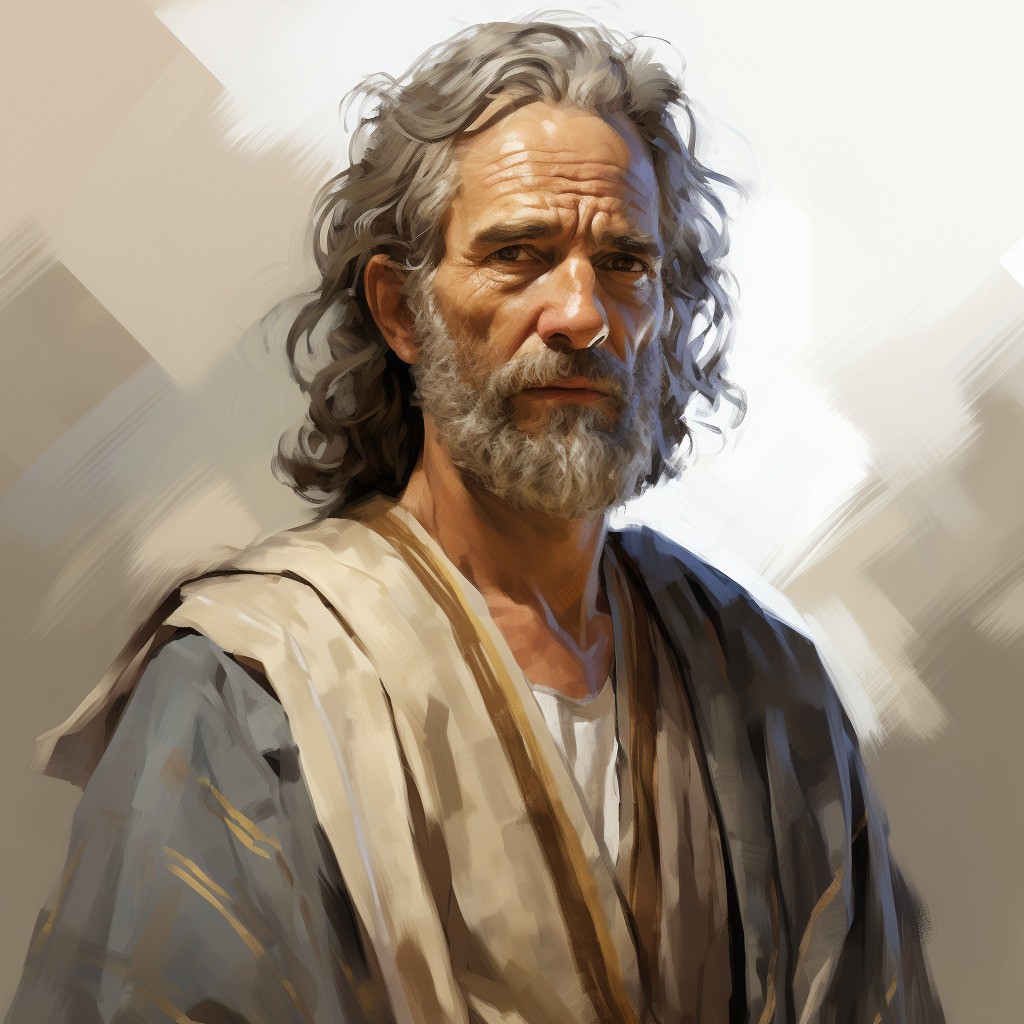
Zenock. Possibly the Hebrew, tsinok, (Jer. 29:26), translated “stocks.” If so, the name may be an allusion to persecution which he may have suffered at the hands of his countrymen. He was a Hebrew prophet. (See Alma 33:15; 34:7; Hel. 8:20; 3 Ne. 10:16) Zenock bore repeated witness of the Savior: that redemption would come only in and through the atoning sacrifice and death of Christ; that the Savior would be lifted up by wicked men; and that the anger of the Father was kindled against those who do not recognize and acknowledge the cost of the Lord’s atonement. (See 1 Ne. 19:10; Alma 33:15-17; Hel. 8:18-20; 3 Ne. 10:16.)
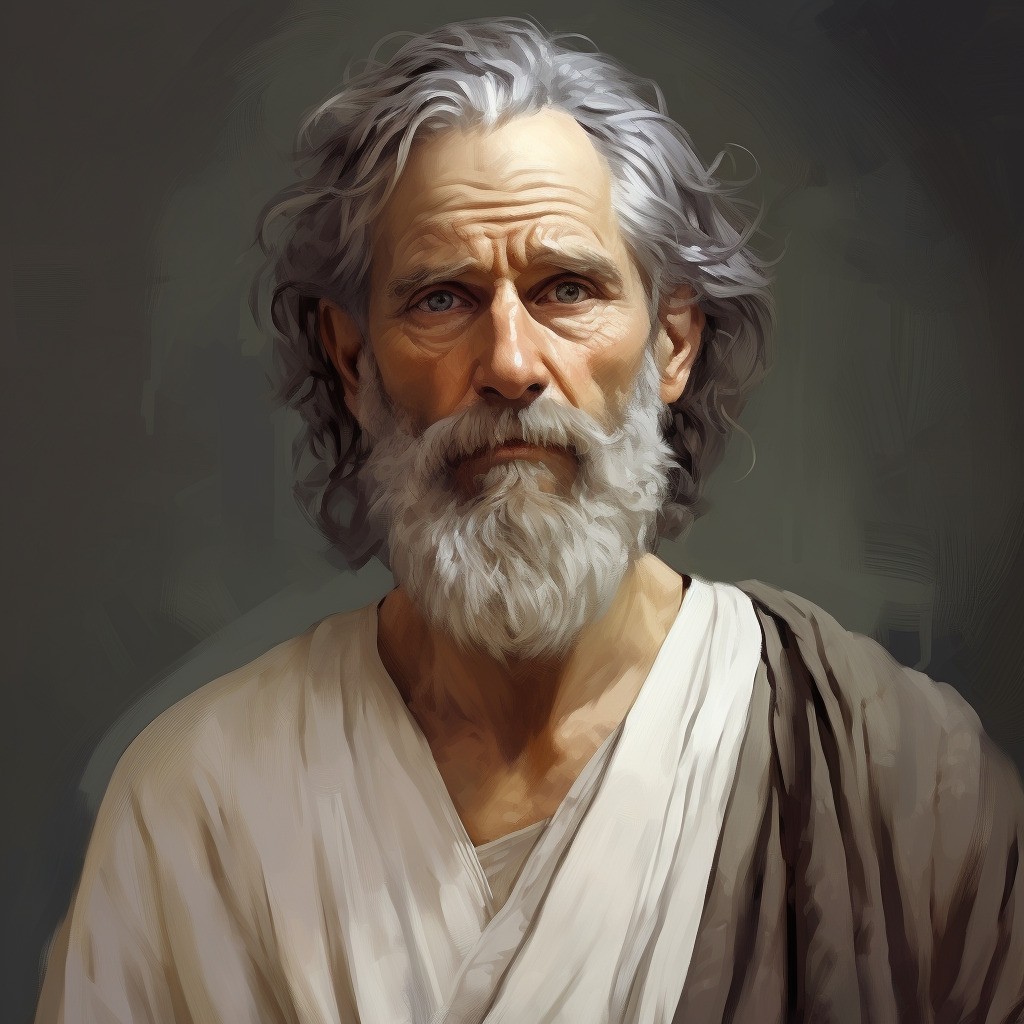
Neum. Among those who returned from Babylon with Zerubbabel was one Nehum (Heb., Nechum), one of the chiefs of the Jewish community. It is probably the same name as Nahum. Another, but longer, form of this name is, Nehemiah (Nehem-jah), which means, “Jehovah is full of consolation.” The name was not uncommon among the Hebrews. Neum spoke prophetically of the crucifixion of the Son of Man. (1 Ne. 19:10)
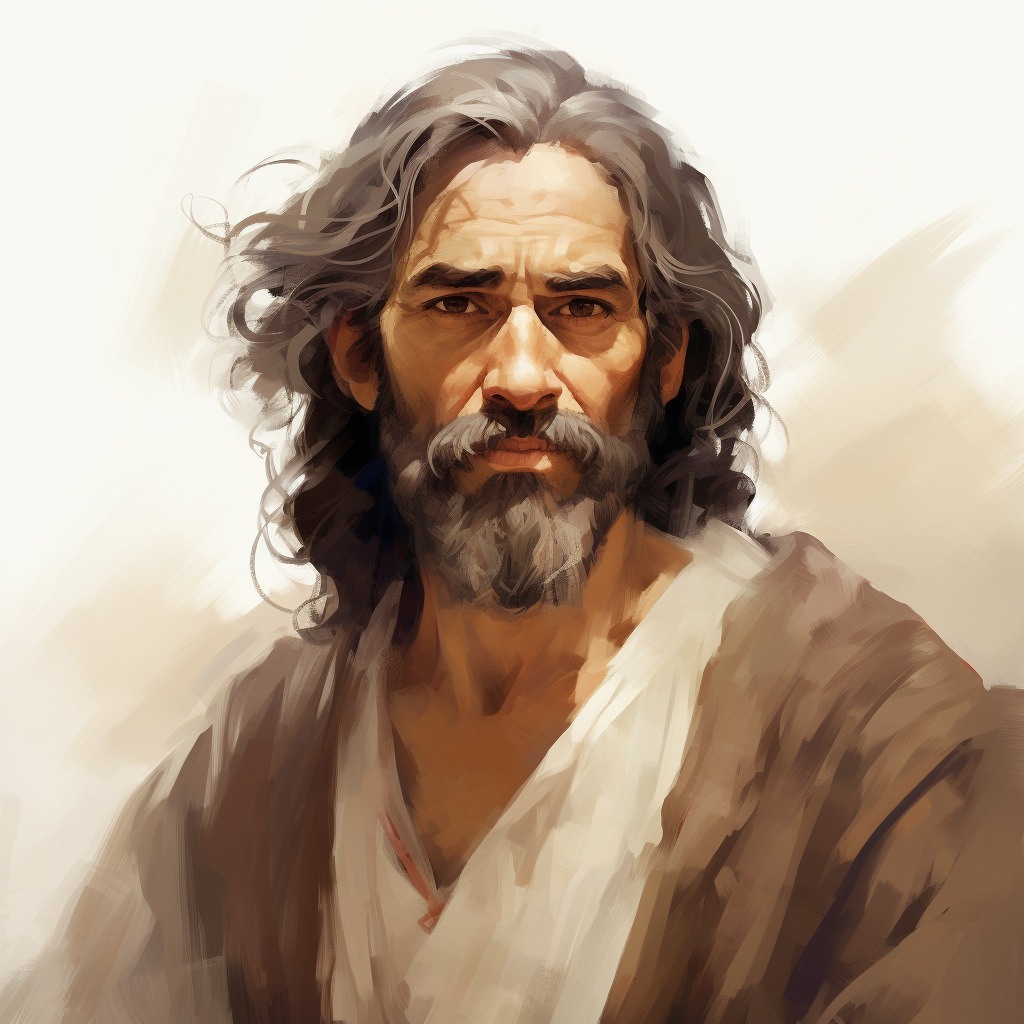
Zenos. A Hebrew prophet, who prophesied of the death of Christ and the darkness that would be a sign to the house of Israel of his descent into the realm of the dead. (See also Jac. 5:1; 6:1; Alma 33:3, 13, 15; 34:7). He also prophecied extensively of the scattering and gathering of Israel, and may have been the source of the olive tree metaphor for all later prophets (see Jacob 5). We have more information from and about the prophet Zenos than any of the non-biblical prophets of the brass plates. Nephi and Jacob quoted Zenos extensively, and Alma used the words of Zenos on worship and prayer in speaking to the Zoramites. (1 Ne. 19, 22; Jacob 5; Alma 33:3-11.) “I do not think I overstate the matter,” said Elder Bruce R. McConkie, “when I say that next to Isaiah himself . . . there was not a greater prophet in all Israel than Zenos.”
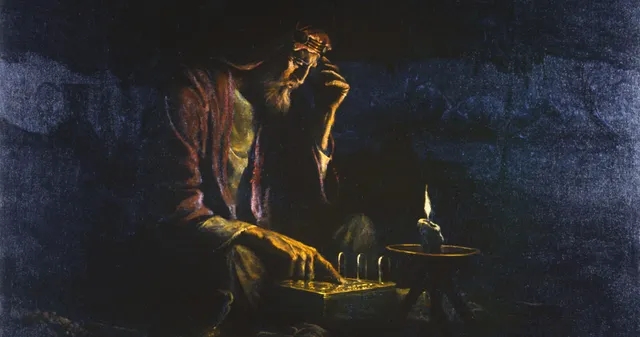
by Clark Kelley Price
There is no specific reference in the Book of Mormon as to the origins of the brass plates. Nephi explained that “Laban also was a descendant of Joseph, wherefore he and his fathers had kept the records [the brass plates].” (1 Ne. 5:16.) Exactly how long before the time of Laban the brass records were begun is unknown. The record was probably kept in the tribe of Ephraim of Joseph, and thus Laban may well have been of the tribe of Ephraim. (See Gen. 48:5, 13-20; 1 Chr. 5:1-2.) In suggesting how it was that the families of Ephraim and Manasseh (of which Lehi and Ishmael were descendants) came to settle in Jerusalem, Sidney B. Sperry has written: “The Northern Kingdom of Israel fell to the Assyrians when its capital of Samaria capitulated to Sargon II in 722 b.c. The forebears of Laban may have fled to Jerusalem to prevent the sacred records from falling into alien hands. Lehi’s grandfather or great-grandfather may have left his northern home for Jerusalem in order to prevent his children from intermarrying and making religious compromises with the foreigners brought into the land by the Assyrians.” Brother Sperry then asked the following question: “What happened to the keeping of sacred records when the Israelites became sharply divided on political grounds—so much so that the two nations were enemies?” He then suggested an answer: “The prophets in both nations probably paid little attention to the political lines of division, but it is improbable that all of them had their words recorded in the scriptures of both nations. From the time of the division until the fall of the Northern Kingdom in 722 b.c., the Brass Plates may well have been the official scripture of the Ten Tribes. It is probable that some prophets wrote on these plates whose writings may not have been recorded on the records kept in Judah. Were Zenos, Zenock, Neum, and Ezias (1 Nephi 19:10; Helaman 8:20) among them? They were all Hebrew prophets known to the Nephites, but their names do not appear in our current Old Testament. It is also possible that the writings of some prophets in Judah were not placed on the Brass Plates during the period under consideration, but of this we have no way of knowing.” The fact that Lehi’s genealogy could be traced back to Joseph—specifically Manasseh (Alma 10:3)—may also imply that the record had its origins in the Northern Kingdom, rather than in Judah in the South. (1 Ne. 3:3, 12; 5:14-16.) In one of the prophecies of Zenos are found these words: “And as for those who are at Jerusalem . . . ” (1 Ne. 19:13; emphasis added), perhaps suggesting that Zenos was speaking from somewhere other than Jerusalem. Further, note Mormon’s words concerning the prophets Zenos and Zenock: “Behold, I say unto you, Yea, many have testified of these things [signs surrounding the death of Christ] . . . and were slain because they testified of these things. Yea, the prophet Zenos did testify of these things, and also Zenock spake concerning these things, because they testified particularly concerning us, who are the remnant of their seed.” (3 Ne. 10:15-16; emphasis added.) This passage seems to suggest the possibility that Zenos and Zenock were both of the tribe of Joseph. The non-biblical prophets mentioned in the Book of Mormon (whose prophecies we suppose were drawn from the brass plates) are named as Zenos, Zenock, Neum, and Ezias. Other than the fact that they lived “since the days of Abraham” (Hel. 8:19), we know very little about them. Of Ezias we know only that he prophesied of the coming of the Messiah. (Hel. 8:19-20.)
11 God surely shall visit all the house of Israel, Also, note how this verse’s prophecy is fulfilled in the Americas: some by destruction and darkness (3 Ne 8-10) and others by his own voice (3 Ne 11)!
13-15 turn their hearts aside, used 3x in these verses, reminds me of Isaiah’s words that when we see Christ, “we hid as it were our faces from him” (Is 53:3). How do we do this in our own way?
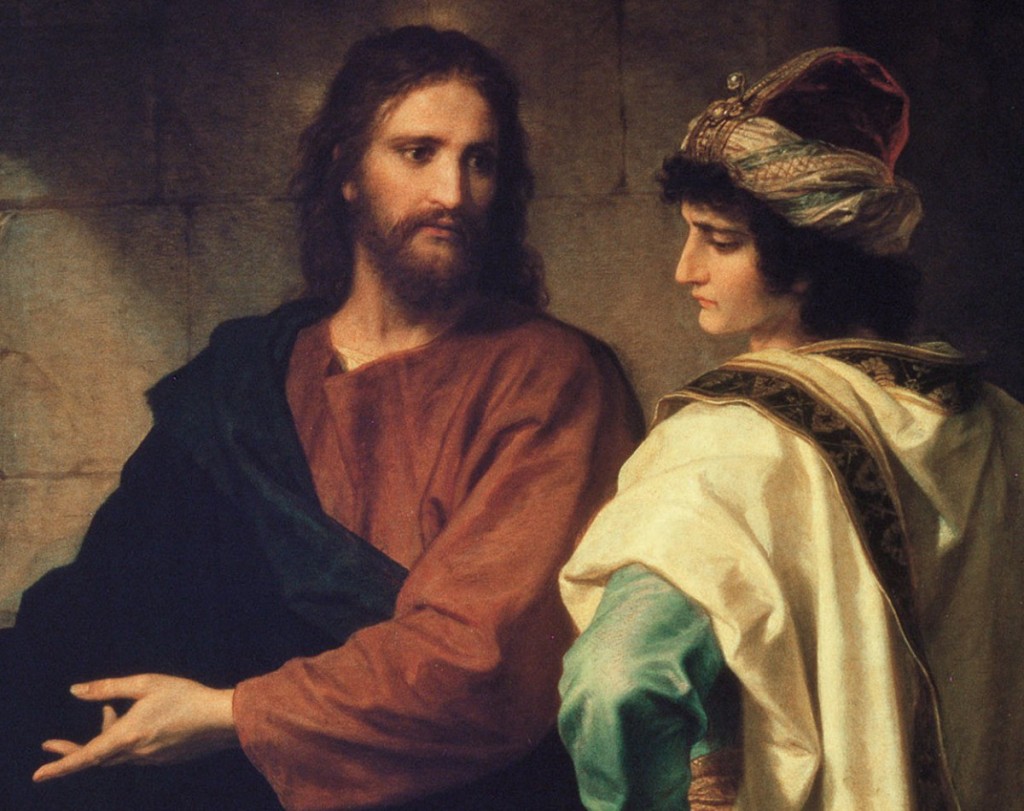
15-16 then will he remember, this is the point and the prophecy. This is the covenant. He will gather Israel “as a hen gathereth her chickens under her wings” (3 Ne 10:4-6). This is the purpose of the Book of Mormon, of Nephi’s writings. And so we don’t miss the point, Israel is a metaphor for you and me. “For a small moment have I forsaken thee; but with great mercies will I gather thee.” (Is 54:7) We may feel apart from the Lord, but He will seek us out and gather us in, if we hear his call.
18 perhaps I might persuade them that they would remember the Lord, as He remembers us (v15-16)! When the Lord ask us to ‘remember’, he is asking for action rather than mere cognition. We covenant to remember Him at the sacrament table, and I suppose it is only right since he always remembers us. See 1 Ne 21:14-15, “can a woman forget her sucking child…yea, they may forget, yet will I not forget thee, O house of Israel. Behold, I have graven thee upon the palms of my hands; thy walls are continually before me.”
20 workings in the spirit, which doth weary me, is he referring to his great visions, like Moses and others who were weak after being in the Lord’s presence (Moses 1:9-11)? Great may be the wrong word. Back in 15:5, Nephi mentions that because of what he saw in vision (the destruction of his posterity), he was afflicted greatly. Now he has seen the destruction of Jerusalem (in his day), the crucifixion of the Messiah and the second destruction of Jerusalem in Jesus’ day, and the scattering and suffering of Israel over the next two millennia. No doubt he’d be overwhelmed! Might Nephi also have survivor’s guilt? Indeed, he would have had friends and associates, even loved ones, in Jerusalem who were either slain or carried away captive to Babylon.
[*21 is the end of a chapter in the original 1830 edition. The topic now shifts to Isaiah.]
22-23 but that I might more fully persuade them to believe in the Lord their Redeemer, I did read unto them that which was written by the prophet Isaiah, and here it comes—the portion of the Book of Mormon that intimidates so many and yet the portion that Nephi says will most bring us to Christ! Remember what the Lord himself said of Isaiah, “Yea, a commandment I give unto you that ye search these things diligently; for great are the words of Isaiah. For surely he spake as touching all things concerning my people which are of the house of Israel…” (3 Ne 23:1-2; see also 3 Ne 20:11). I hope we don’t “turn our hearts aside” so to speak and instead forge ahead searching Isaiah’s words as Nephi and the Lord invite us to do!
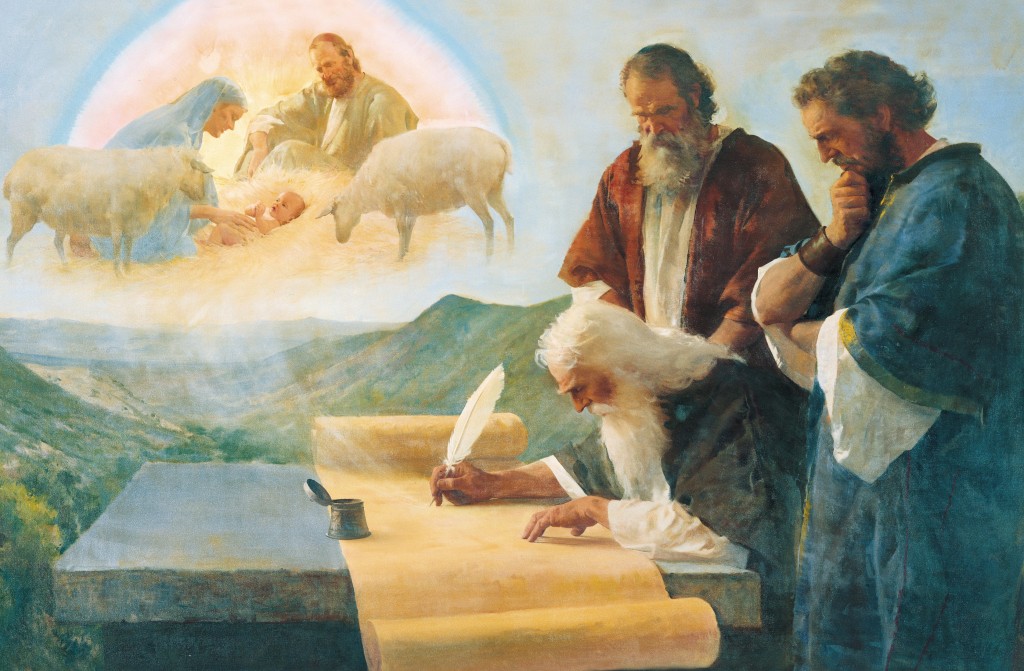
For I did liken all scriptures unto us, it is incredibly valuable to understand what scripture meant to those who wrote it—I mean, I’ve spent much of my life trying to do that; but even I realize that it is only half scripture’s value. As the words on the Liahona “changed from time to time,” according to the needs and circumstances of Lehi and his family (1 Ne 16:29), so scriptures can, in a way, change from time to time, even the same verses and stories, in order to speak to us personally for our current circumstances. As the prophet Joseph taught, “Search the scriptures, search the prophets, and learn what portion of them belongs to you.” (TPJS 11-12) It’s a learned skill to make personal application of scripture, and comes only through long experience spending time with the Word. There is a power associated with the study of the scriptures that remains unknown to those who do not study them. Here Nephi attempted to expose his brothers to that power.